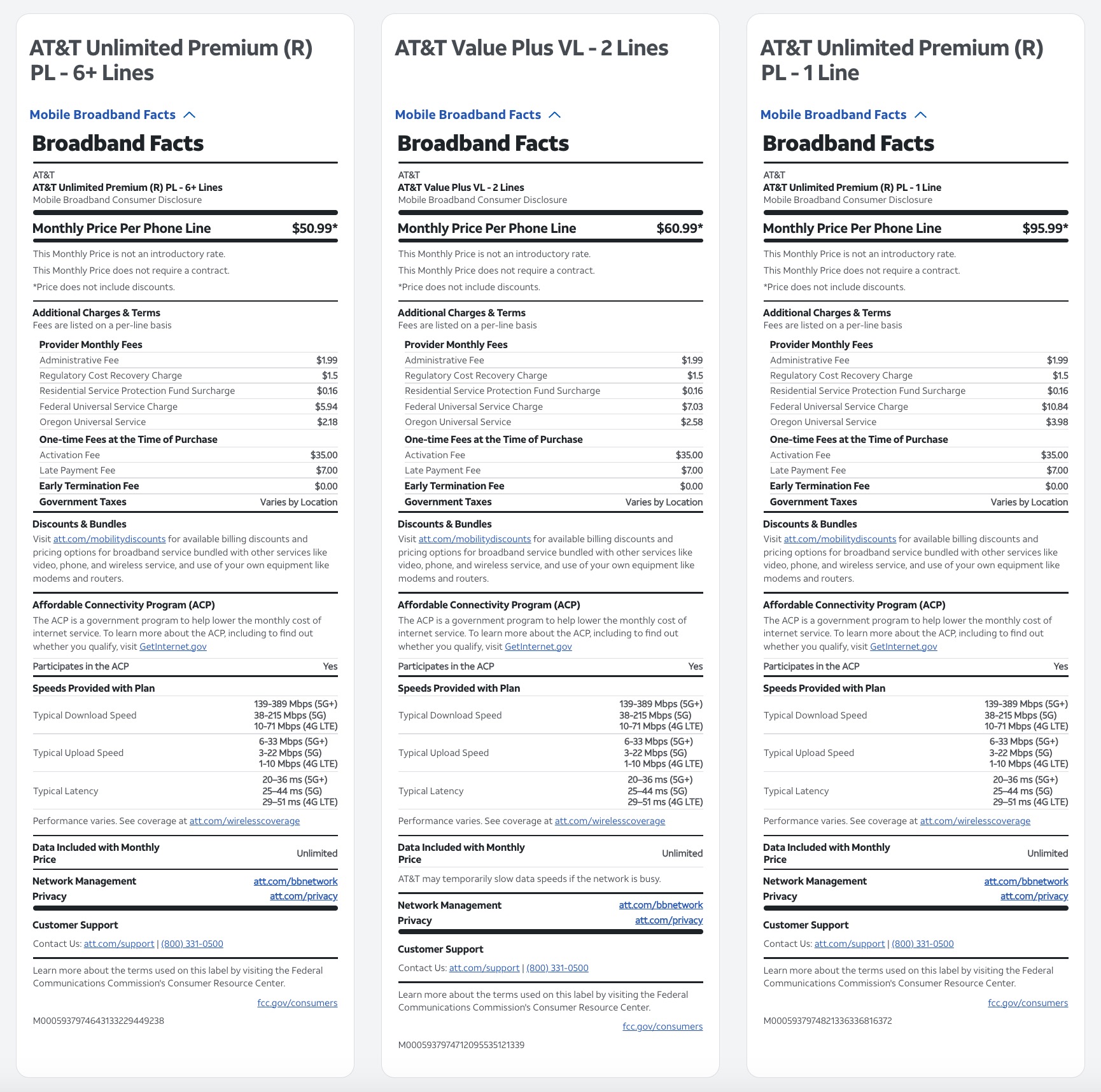https://gizmodo.com/darpa-new-12-ton-robot-tank-glowing-green-eyes-vehicle-1851432307
DARPA announced successful tests of its new autonomous vehicles on Wednesday, all part of the agency’s Robotic Autonomy in Complex Environments with Resiliency (RACER) program. And while the tests sound impressive, we found ourselves transfixed by one little visual detail: The 12-ton tank’s glowing green eyes.
The Best Things You Didn’t Know Your Switch Could Do
The RACER Heavy Platform (RHP) vehicles are enormous, weighing in at 12 tons and measuring 20 feet long. The vehicles are programmed using the Textron M5 base system, already used in many driverless vehicles by the U.S. Army, and are meant to complement the RACER Fleet Vehicles (RFVs) which are comparatively small at just 2 tons and 11 feet long.
The vehicle tests, aided by teams from the University of Washington and NASA’s Jet Propulsion Laboratory, happened at military training sites in Texas back in late 2023, but are just being announced by DARPA today.
Videos from the Texas tests are now available on YouTube, demonstrating the fully autonomous driving of these gigantic vehicles in off-road conditions. And again, we can’t stop staring into the vehicle’s glowing green eyes. They give the entire demonstration an almost Pixaresque feel. Just look at that little face.
DARPA also posted a new video to YouTube showing the smaller RFV tests, which were notable for their adaptability in an autonomous mode. The teams running the tests had no experience in the area, making it as close to fresh for them as possible. The goal, of course, was to see how these types of vehicles could perform in a completely foreign environment.
“Using fully unoccupied RFVs, RACER demonstrated autonomous movement within a 15 square mile terrain area including highly diverse ground vegetation cover, trees, bushes, rocks, slopes, obstructed ditches, and creek crossings typical of the varied, complex Texas terrain familiar to armored maneuver,” DARPA said in its press release.
DARPA has been working on autonomous vehicles for decades, starting in earnest back in 1983 with the Strategic Computing Initiative. And it’s incredible how far the U.S. military has come. During testing, the Autonomous Land Vehicle of 1985 would get confused with just a little bit of snow on the road. But that kind of obstacle is clearly no issue here in the 2020s.
“Having two radically different types of vehicles helps us advance towards RACER’s goal of platform agnostic autonomy in complex, mission-relevant off-road environments that are significantly more unpredictable than on-road conditions,” Stuart Young, RACER program manager, said on Wednesday.
DARPA didn’t respond to emailed questions about the glowing green eyes, which we still can’t stop staring at. But we’ll update this post if we hear back. Do you know what purpose the green eyes serve? We’d love to hear about it in the comments.
via Gizmodo https://gizmodo.com
April 24, 2024 at 11:51AM


